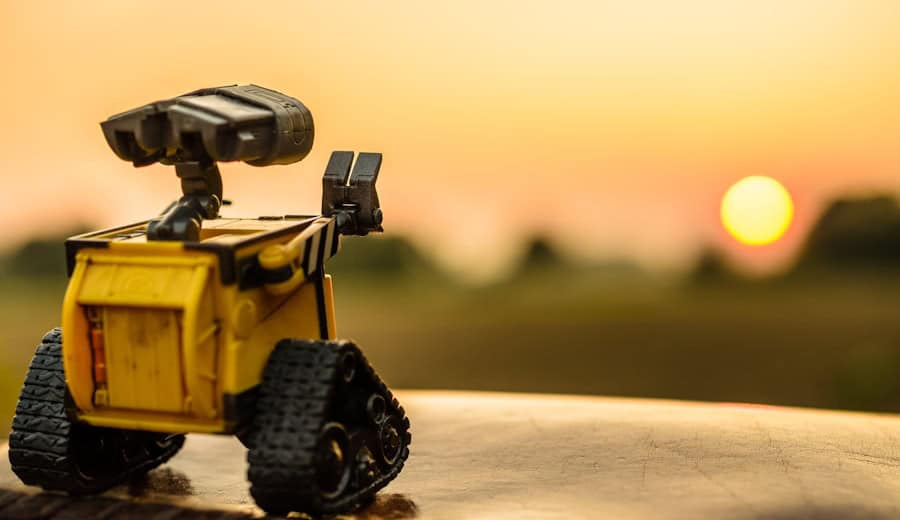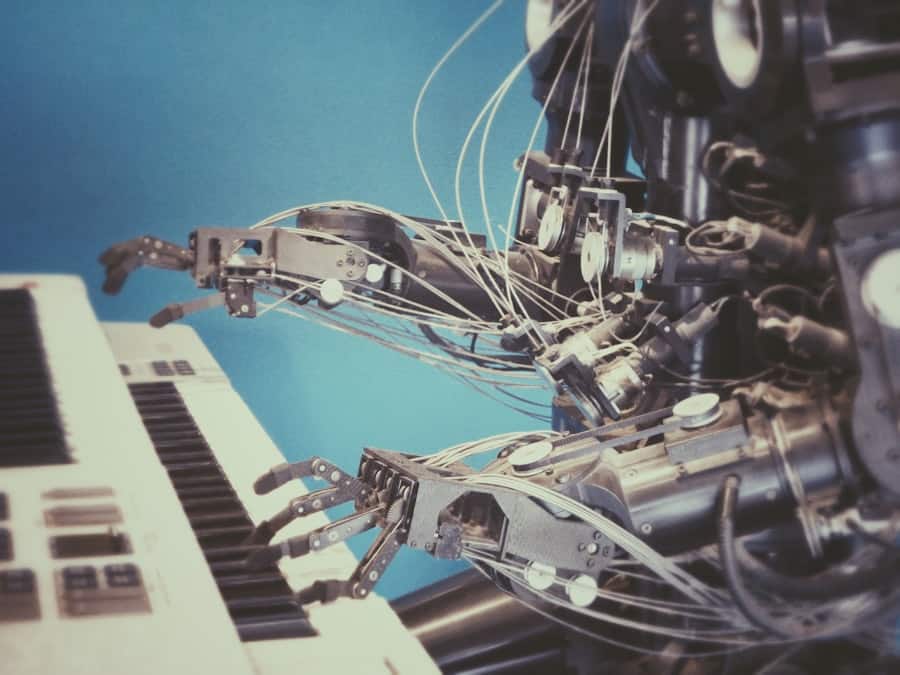The advent of technology has ushered in a new era of possibilities, particularly in the realm of elder care. Home robots designed specifically for elderly individuals are at the forefront of this transformation, offering innovative solutions that promote independence and enhance quality of life. As the global population ages, the demand for effective and compassionate care solutions has never been more pressing.
Home robots serve as a bridge between traditional caregiving and modern technology, providing support that allows seniors to maintain their autonomy while ensuring their safety and well-being. These robots are not merely mechanical devices; they are sophisticated systems equipped with artificial intelligence, sensors, and connectivity features that enable them to interact with their environment and the individuals they assist. From simple tasks like reminding seniors to take their medications to more complex functions such as monitoring vital signs, these robots are designed to cater to the unique needs of elderly users.
The integration of home robots into daily life represents a significant shift in how society approaches elder care, emphasizing empowerment rather than dependency.
Key Takeaways
- Home robots can significantly improve the independence of elderly individuals by assisting with daily tasks and activities.
- The benefits of home robots for elderly individuals include companionship, safety monitoring, and assistance with medication management.
- There are various types of home robots available for elderly assistance, including social robots, telepresence robots, and robotic arms for physical assistance.
- Home robots can assist with daily tasks and activities such as reminding individuals to take medication, helping with household chores, and providing entertainment and companionship.
- Home robots play a crucial role in monitoring the health and safety of elderly individuals by detecting falls, monitoring vital signs, and providing emergency assistance when needed.
The Benefits of Home Robots for Elderly Individuals
The benefits of home robots for elderly individuals are manifold, significantly impacting their daily lives and overall well-being. One of the most prominent advantages is the enhancement of independence. Many seniors wish to remain in their own homes as they age, and home robots facilitate this desire by providing assistance with various tasks that may become challenging over time.
Moreover, home robots can alleviate feelings of loneliness and isolation that often accompany aging. Many models are equipped with social interaction capabilities, allowing them to engage in conversation or provide companionship.
This social aspect is crucial, as studies have shown that social interaction can lead to improved mental health outcomes for seniors. By fostering a sense of connection, home robots can contribute positively to the emotional well-being of elderly individuals, making them feel valued and less alone.
Types of Home Robots Available for Elderly Assistance

The market for home robots tailored to elderly assistance is diverse, encompassing a range of functionalities and designs. One prominent category is robotic companions, which are designed primarily for social interaction. These robots can engage in conversation, play games, and even recognize faces, providing companionship that can help combat loneliness.
Examples include social robots like ElliQ and Jibo, which are specifically engineered to interact with users in a friendly and engaging manner. Another significant category is assistive robots that focus on practical tasks.
Additionally, there are specialized robots designed for health monitoring, such as those that can track medication schedules or alert caregivers in case of emergencies. Each type of robot serves a unique purpose, catering to different aspects of elderly care and enhancing the overall quality of life for seniors.
How Home Robots Can Assist with Daily Tasks and Activities
Home robots play a crucial role in assisting elderly individuals with daily tasks and activities that may become increasingly difficult due to age-related challenges. For instance, many seniors struggle with mobility issues that make it hard to perform household chores like cleaning or laundry. Robotic vacuum cleaners can autonomously navigate through a home, ensuring that floors remain clean without requiring physical exertion from the user.
This not only helps maintain a tidy living environment but also reduces the risk of falls associated with cleaning activities. In addition to cleaning, home robots can assist with meal preparation and medication management. Some advanced models are equipped with features that allow them to suggest recipes based on dietary restrictions or preferences, guiding users through the cooking process step-by-step.
Furthermore, medication management robots can dispense pills at the correct times and send reminders to users when it’s time to take their medications. This functionality is particularly vital for seniors managing multiple prescriptions, as it helps prevent missed doses and promotes adherence to treatment plans.
The Role of Home Robots in Monitoring Health and Safety
Health monitoring is another critical area where home robots excel in supporting elderly individuals. Many modern home robots come equipped with sensors that can track vital signs such as heart rate and blood pressure. This data can be invaluable for caregivers and healthcare providers, allowing them to monitor changes in health status remotely.
For instance, if a robot detects an irregular heartbeat or significant changes in blood pressure, it can alert family members or medical professionals promptly. Safety is also a paramount concern for elderly individuals living alone. Home robots can enhance safety through various means, such as fall detection systems that use motion sensors to identify when a user has fallen and automatically alert emergency services or designated contacts.
Additionally, some robots are equipped with cameras that allow family members to check in on their loved ones remotely, providing peace of mind for both seniors and their families. This proactive approach to health monitoring and safety ensures that elderly individuals receive timely assistance when needed.
Considerations for Implementing Home Robots in Elderly Care

User-Friendliness: A Key Consideration
While the benefits of home robots are substantial, several considerations must be taken into account when implementing these technologies in elderly care settings. One primary concern is user-friendliness; many seniors may not be technologically savvy and could find it challenging to operate complex devices. Therefore, manufacturers must prioritize intuitive designs that require minimal training or technical knowledge. User interfaces should be straightforward, featuring large buttons and clear instructions to facilitate ease of use.
Affordability: A Barrier to Access
Another important consideration is the cost associated with home robots. While prices have been decreasing as technology advances, many families may still find it challenging to afford these devices.
Addressing Affordability Concerns
It is essential for policymakers and healthcare providers to explore options for subsidizing costs or providing financial assistance programs aimed at making these technologies accessible to a broader demographic of elderly individuals. Ensuring affordability will be crucial in maximizing the impact of home robots on elder care.
Challenges and Limitations of Home Robots in Supporting Elderly Independence
Despite their potential benefits, home robots face several challenges and limitations in effectively supporting elderly independence. One significant challenge is the issue of reliability; technology can be unpredictable, and malfunctions may occur at critical moments. For instance, if a robot fails to dispense medication on time due to a technical glitch, it could have serious health implications for the user.
Therefore, ongoing maintenance and support services are essential to ensure that these devices function correctly over time. Additionally, there are concerns regarding privacy and data security associated with home robots equipped with cameras and sensors. Many seniors may feel uncomfortable with devices that monitor their activities or collect personal health data.
It is crucial for manufacturers to implement robust security measures to protect user data and ensure transparency about how information is collected and used. Building trust between users and technology will be vital for the successful integration of home robots into elderly care.
The Future of Home Robots in Elderly Care and Independence
Looking ahead, the future of home robots in elderly care appears promising as advancements in technology continue to evolve rapidly. Innovations such as artificial intelligence and machine learning will likely enhance the capabilities of these devices, allowing them to learn from user behavior and adapt their functions accordingly. For example, future robots may be able to anticipate the needs of their users based on patterns observed over time, providing personalized assistance that goes beyond simple task completion.
Moreover, as society becomes increasingly aware of the importance of aging in place, there will likely be greater investment in research and development focused on elder care technologies. Collaborative efforts between tech companies, healthcare providers, and policymakers will be essential in creating solutions that address the unique challenges faced by elderly individuals. By fostering an environment conducive to innovation while prioritizing user needs and safety concerns, home robots have the potential to revolutionize how we approach elder care, ultimately leading to enhanced independence and improved quality of life for seniors around the world.
A related article to The Role of Home Robots in Supporting Elderly Independence can be found in the review of the Samsung Galaxy S23 on

